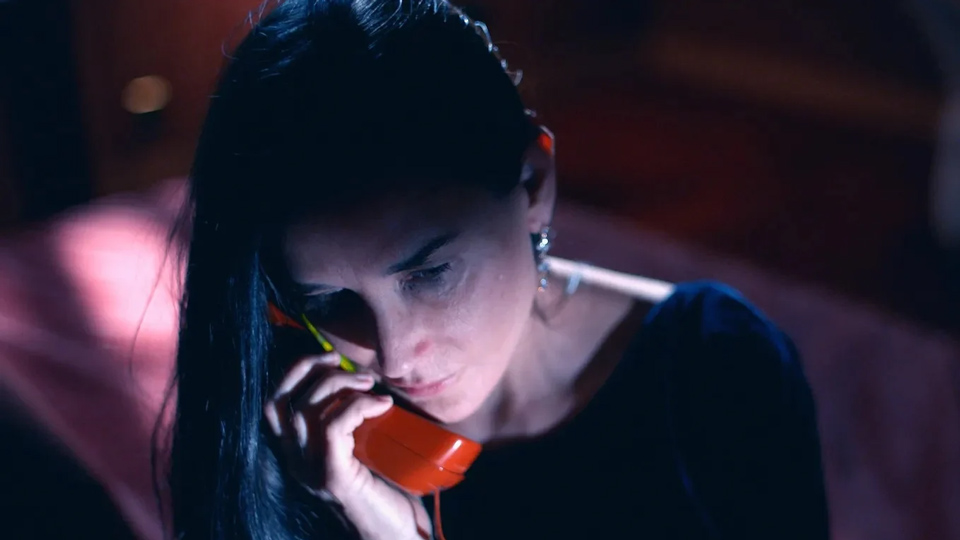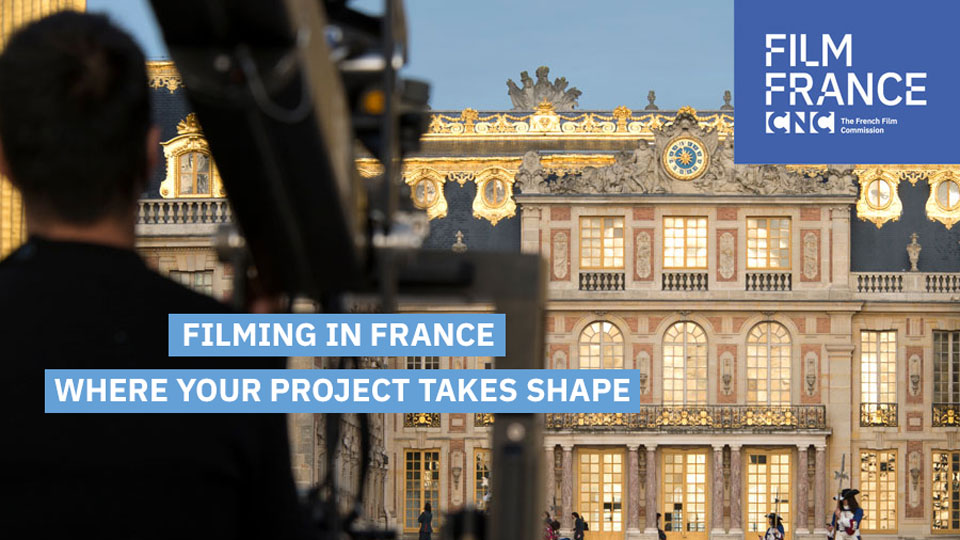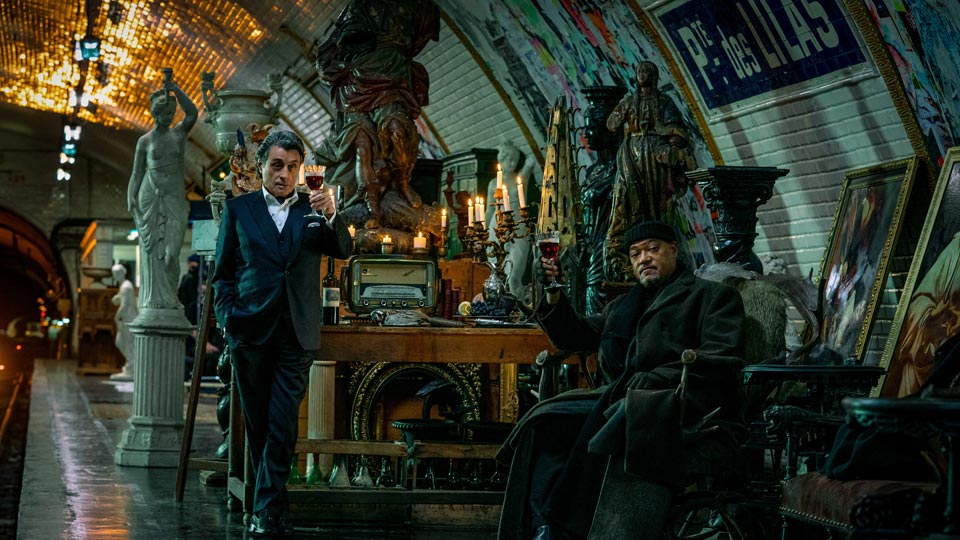How did the adventure of The Substance begin for you?
Nicolas Royer: I was a production manager for about twenty-five years. I worked with a variety of directors, from Cédric Klapisch to Abderrahmane Sissako, as well as Noémie Lvovsky and Tonie Marshall. I then felt the need to broaden my horizons and work on international projects. I went to Los Angeles, where producer Charles Gillibert offered me the opportunity to work on Kings, a film by Deniz Gamze Ergüven with Halle Berry and Daniel Craig. Coincidentally, Coralie Fargeat came to Los Angeles at that time to present her first feature film, Revenge, which I loved. It’s a very female-driven genre film that communicates through visuals rather than just dialogue. One day, Coralie called me to say she had signed with the British production company Working Title for her next film, a fantasy project called The Substance. She mentioned that they were looking at quotes for shooting in Eastern Europe, Hungary, the Czech Republic, or Romania… But I sensed that it wasn’t the right place for the film.
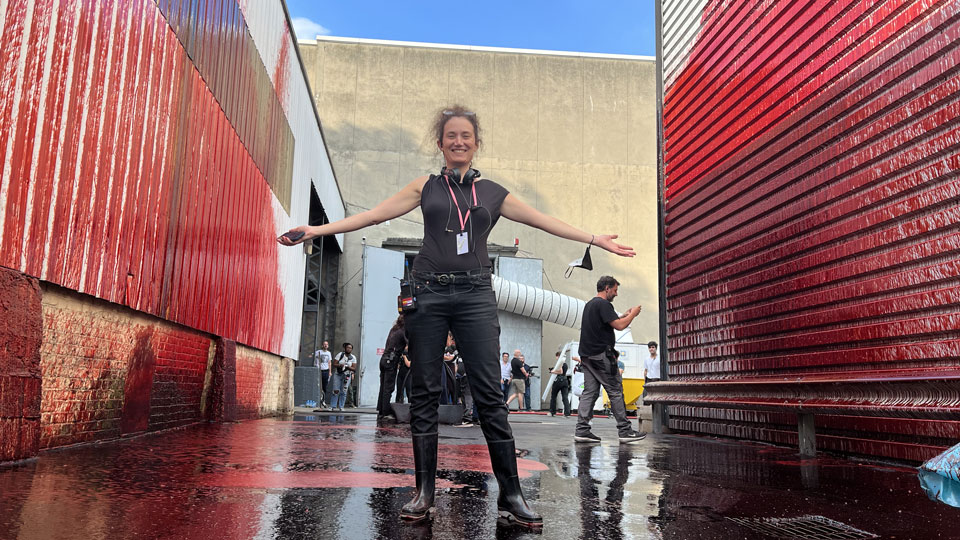
Why is that?
The Substance is a film with a lot of effects. Coralie wanted to pay a lot of attention to shooting these effects, whereas today, the trend is to shoot quickly and handle everything digitally afterwards. There is indeed digital work in the film, but Coralie wanted the foundation of the effects to be more organic. This meant working with prosthetics, like in the 1980s with films such as Alien, Scanners, or The Fly. There are fewer films like that today simply because this kind of work is extremely time-consuming. Coralie needed one hundred shooting days, which didn’t fit within Working Title’s budget envelope: such a long shoot couldn’t be accommodated in Eastern Europe. When you work with a large crew of 150 people and an international cast, it’s challenging to extend the number of shooting days without blowing the budget. Coralie asked me to read the script and find a solution. What I proposed was to shoot in France and have several shoots of different sizes. With a large team for the spectacular scenes and a smaller team for the apartment scenes between Demi Moore and Margaret Qualley. For these, Coralie wanted to take her time, focusing on the bodies and prosthetics in close-up. We called this smaller team the “lab” team, like a laboratory. By doing this, we managed to reduce the cost of the film. We also benefited from the Tax Rebate for international productions (TRIP) at 40%. This flexibility in team size, this idea of adapting resources and crew to what we had to shoot, allowed us to propose a budget that convinced Working Title. The producers were satisfied and trusted us. It was shortly after the Palme d’Or for Titane. They were curious to see how French filmmakers make their films. In fact, with Coralie, we aimed to combine the advantages of an American studio film with those of a French film.
So, it was a multi-scale shoot…
Yes, there were two types of shoots [the total shooting lasted 108 days – ed.]. For many outdoor shots, filmed on the Côte d’Azur, there were only eight of us! Conversely, for the most spectacular scenes, which required a lot of effects, there were between 150 and 200 people.
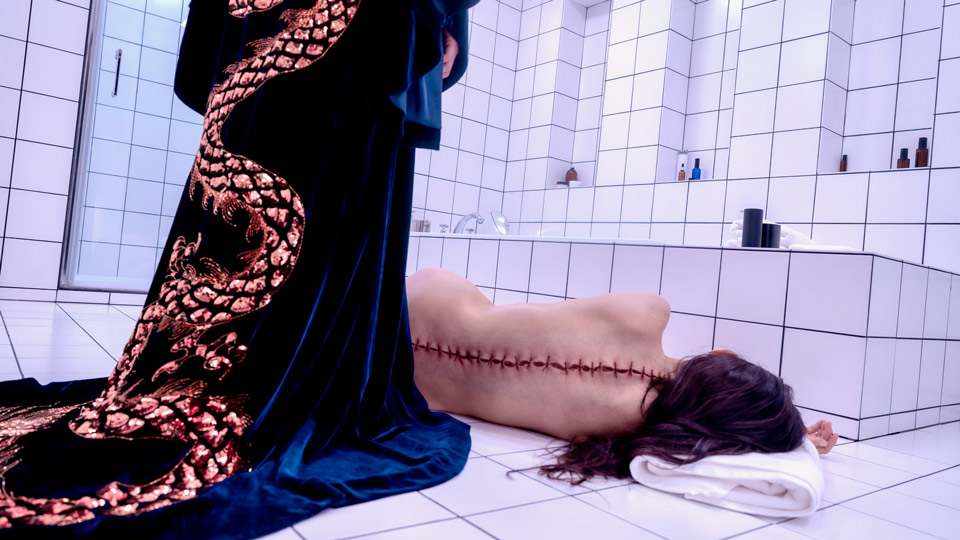
How did you recreate Los Angeles in the Alpes-Maritimes?
Coralie’s good idea was not to try to make it look like Los Angeles but rather to find locations that evoke Hollywood and California. The Alpes-Maritimes is perfect for that! Coralie relied heavily on the symbol of palm trees, which are very important in the film. There’s also the very contrasted light in the Alpes-Maritimes, with a lot of colors, which matches the light of California. But the recreation is quite subtle. We didn’t want to multiply fake signs and such, because it’s usually when you do that it looks fake. In The Substance, viewers believe it. At the Cannes Film Festival, audiences were actually surprised to learn that the film was shot in France. The on-screen action was captivating enough that they didn’t have time to question it!
How did Demi Moore and Margaret Qualley experience this shoot in France?
It was very easy to convince them to come to France because Paris is a big dream for Americans. And after the Olympics, it’s far from over! They were also very eager to work with a French director. They were reassured by the presence of the English producer Eric Fellner and Working Title. As for the “star” aspect, you have to understand why American actors need protection, for example, why they need a good star trailer. I realized this on the set of Kings: the trailer is a workspace. In this trailer, stars work between takes. And when they come to the set, they are ready and deliver! It’s not just for resting. It’s also a reference point for Americans when they are filming away from home. When we showed Demi Moore her trailer upon arriving at the Epinay studios, she said, “This is my new home.” Offering this level of comfort helped put the American actors at ease. It was then easier to convince Demi Moore to shoot the outdoor scenes with a very small crew.
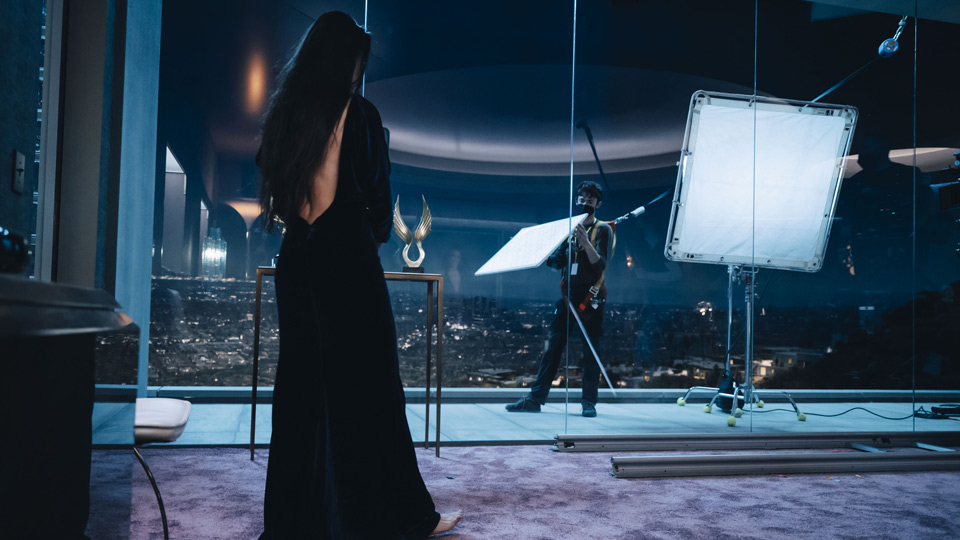
How did you work with the technical teams?
We aimed to have a predominantly French crew. Simply because we were in France! I introduced Coralie to people I really liked and had worked with before, including Pierre-Olivier Persin for the prosthetics. There are only two positions that were not filled by French people: the director of photography, Benjamin Kracun, who is English and has extensive studio shooting experience; the other position is music, composed by Raffertie, also English. All the others are French. For visual effects, we worked with the Compagnie Générale des Effets Visuels (CGEV), but also with Noid, a smaller company for more specific effects. For postproduction, young French companies such as Gump (editing), LUX Studios (lab) and A Fabrica (mixing) were also heavily involved. It was a long-term project, a big undertaking, and also a film of research, as Coralie is someone who questions and constantly seeks. The Substance is primarily the uninhibited vision of a filmmaker on the universal theme of self-image, with Hollywood as a backdrop. The film might have been different if it had been shot in the United States, but through the glowing reactions from the press and American media, it’s clear that this question doesn’t arise.
The substance
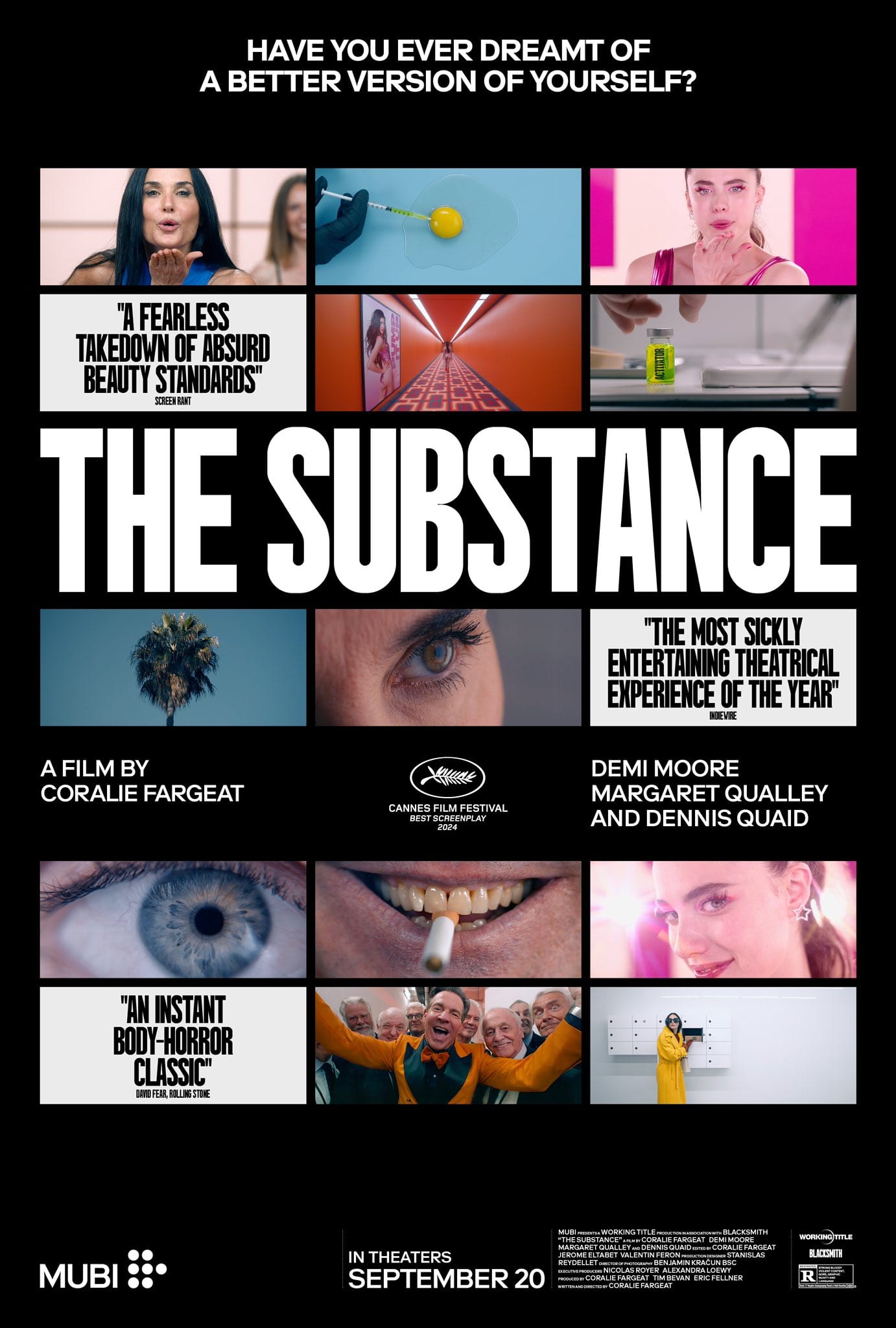
Production Services Company: A Good Story - Voulez-Vous Production Services (Nicolas Royer)
Delegate Production: Working Title, Blacksmith and Dame Films Limited
Starring Demi Moore, Margaret Qualley, Denis Quaid…


